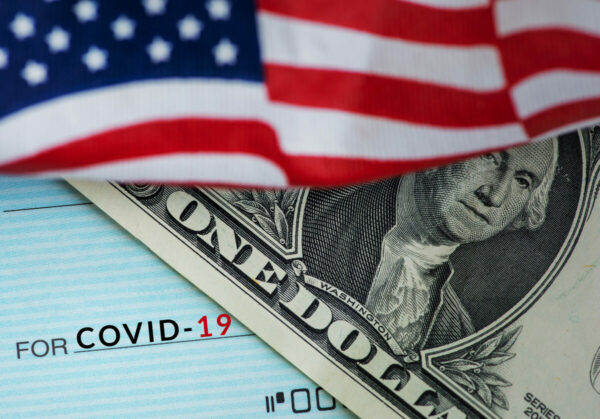
Blog
Congress Approves COVID Relief Bill Providing Over $900 Billion More in Coronavirus Aid

Late Monday night, the House and Senate passed a COVID Relief Bill, resulting in over $900 billion of much-needed Coronavirus aid to struggling American individuals and businesses. The bill now goes to President Trump, who is expected to sign it quickly.
While the bill is packed with nearly 5,600 pages of relief provisions, this article provides a summary of the key issues that will impact individual and business taxpayers to the greatest extent.
Key Individual Provisions:
- $600 direct payments to individuals ($1,200 for a married couple), plus $600 per dependent child under age 17. Once again, payments phase out once adjusted gross income (AGI) exceeds $75,000 for single taxpayers and $150,000 for married filing joint taxpayers. The payment is an advance of a credit that will be available on the 2020 tax return.
- Additional $300 per week for all workers receiving unemployment benefits through March 14, 2021.
- Expands CARES Act provision for non-itemizing married filing joint couples to deduct $600 of charitable contributions in arriving at AGI, instead of the previously allowed $300 for a joint tax return.
- “Look-back” provision for lower-income earners, allowing certain taxpayers to utilize 2019 earned income for purposes of the earned income tax credit and child tax credit to maximize these refundable credits.
- Makes unreimbursed medical expenses over 7.5% of a taxpayer’s adjusted gross income a permanent level. The threshold was set to increase to 10% in 2021.
Key Business Provisions:
- Deductibility of expenses paid with forgiven PPP funds – this bill overrules the IRS position, which would have made business expenses paid with forgiven PPP funds nondeductible. Taxpayers receiving Economic Injury Disaster Loan (EIDL) grants will not have to reduce PPP forgiveness by the amount of the grant.
- Streamlined forgiveness of PPP loans for borrowers with loans under $150,000. These borrowers will only have to submit a one-page form and only be subject to audit if fraud was committed or if borrowers misused funds.
- New PPP program – the bill reopens the PPP program, with $35 billion allocated to businesses that have not yet borrowed. Additionally, taxpayers who previously borrowed will be eligible to participate again, with certain additional restrictions, including the requirement that the business has fewer than 300 employees and can prove that revenues for a quarter in 2020 were more than 25% less than the same quarter in the previous year. Full details and definitions are not yet available but should be released within 10 days of the bill being signed.
- Expanded uses of PPP dollars for first-time borrowers include the ability to spend funds on covered operations expenditures, covered property damage costs, covered supplier costs, and covered worker protection costs. New covered periods are also included in the new bill and range from 8-24 weeks or any period in between.
- Extension of FFCRA credits from December 31, 2020, until March 31, 2021. These credits helped employers who were required to pay for family leave time when adults couldn’t work because a child was without school or care, and up to two weeks of sick pay for various COVID-related reasons.
- Full deduction for business meals in 2021 and 2022. The deduction for these expenses was previously limited to 50% of the meal cost.
- Extension of the employee retention credit through July 1, 2021 with the ability to now claim the credit and take a PPP loan. These two benefits were previously mutually exclusive of each other.
Yeo & Yeo will keep you informed as more information about the second round of PPP loans becomes available. If you have questions, please contact your Yeo & Yeo professional or local Yeo & Yeo office.